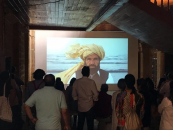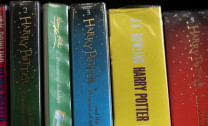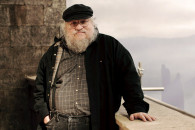Book review: Magic Within - lost in dreams
The message in Manal Shakir’s Magic Within is hard to extract from a perplexing plot

Author Manal Shakir
The story’s main characters are two unhappy couples, Adnan and Reena, and Zain and Shara. Adnan is a workaholic accountant and an introvert with a love for photography and sight-seeing who is married to Reena, a socialite who likes to keep herself busy and happy at the cost of ignoring her husband’s preferences. The two met at a wedding and instantly fell for each other but their varying interests became a source of constant struggle and misery after they marry. Shara and Zain, on the other hand, seem to be even more dissatisfied with their marriage. Zain has extramarital affairs and his infidelity is rooted in his fading interest in Shara, whom he initially married for her good looks and soft-spoken nature.

The novel’s plot, therefore, revolves around how these characters find a ‘dream-like’ escape from their marriage. Adnan dreams of a mysterious circus, Mazhar’s House of Masti, where he is forced to perform but either fails to do so or wakes up before finding out what happens. One day, he encounters a young woman in his dream who eventually turns out to be Shara. Both develop an attraction towards each other and find comfort in each other’s company. Although Adnan is initially unnerved by the same dreams every night, he gradually begins to love them as they show him the way to a fresh start. For Shara, the dreams become more and more real, almost making her afraid to sleep at night.
While the plot may seem intriguing, it fails to establish any real connection between Adnan and Shara in their dreams. As a significant part of the story simply describes activities at the circus, the reader is left wondering how this relates to the lives of the two individuals. Eventually when the two meet in real life, Shara refuses to have a relationship with Adnan. She believes the dream was not about finding a new partner but about finding a new path in their lives. Thus, Adnan is left with no choice but to resolve his differences with Reena.
Overall, the storyline is very weak; the constant drift from reality to fantasy makes it confusing. Elaborate descriptions of the circus beautifully bring it to life for the reader, but feel completely unnecessary and ultimately have nothing to do with the story’s central theme of marriages and fidelity. The ending is trite and predictable.

It was daring of Shakir to produce a book on a theme like this, often considered a social taboo in countries like Pakistan. The story is a clear departure from the genre’s standard ‘happily-ever-after’ ending. If the marriage isn’t working, then seeking love in a complete stranger is not the real answer, Shakir seems to suggest. Instead, leaving a troubled marriage or revising the broken relationship should be the appropriate solution.
Komal Anwar is a subeditor at The Express Tribune magazine desk. She tweets @Komal1201
Published in The Express Tribune, Sunday Magazine, April 5th, 2015.



















COMMENTS
Comments are moderated and generally will be posted if they are on-topic and not abusive.
For more information, please see our Comments FAQ